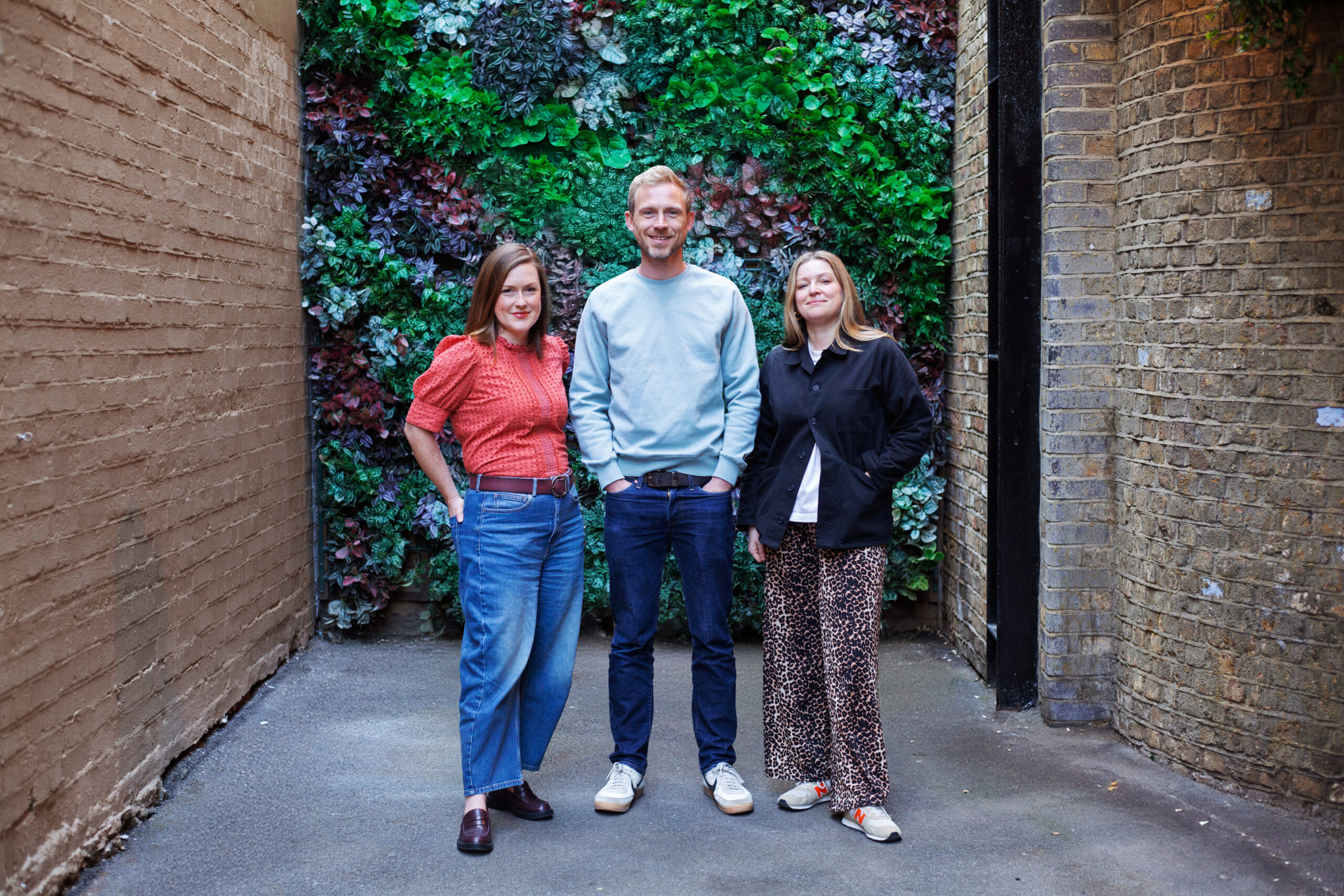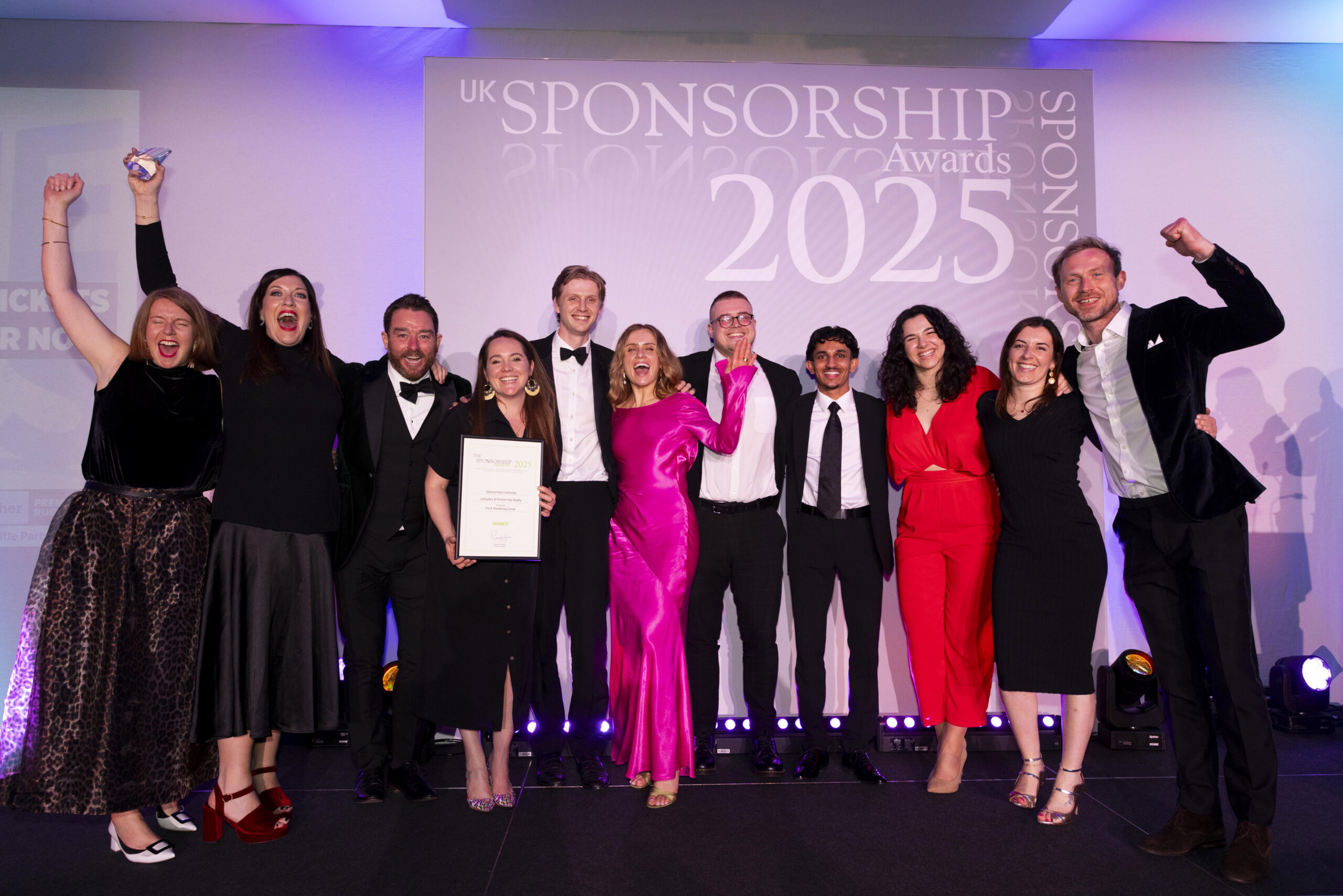The FIFA Interactive World Cup (FIWC) organised by FIFA and the presenting partners EA SPORTS ™ and PlayStation® is the largest online gaming tournament in the world. Beginning in 2004 with 28,000 players, participant numbers have grown exponentially year on year seeing a record 1.3 million players taking part in this year’s tournament.
The FIWC 2012 gave players the chance to compete against each other either online and offline to qualify for the Grand Final in Dubai. The desert provided the backdrop for the 24 best gamers from all over the world to go head to head to be crowned the FIWC Champion 2012.
After three intense days of competition, Alfonso Ramos of Spain came out on top after triumphing over France’s Bruce Grannec to win a thrilling final on penalties. Alfonso became an official FIFA champion and the first player to win the trophy twice. In addition, he walked away with prize money of 20,000 USD and an invitation to attend the FIFA Ballon d’Or where he will get to meet the biggest football stars in the world.
However the FIWC 2012 was about more than just gaming as the Grand Finalists enjoyed an incredible stay in Dubai which included visiting the Burj Kalifa, the world’s tallest building and getting the chance to meet and play football with former World Cup winners Christian Karembeu and Luca Toni.
Exposure for the tournament reached new levels this year with broadcast, print and online coverage appearing in key international markets including Italy, Spain, France, Germany, UK, Brazil and the Middle East.
Ralph Straus, FIFA’s Head of Strategy & Brand Management, commented:
“The number of players competing in the FIWC this year represents yet another record-breaking achievement with our online community growing dramatically year on year. We are looking forward to further strengthening our collaboration with our Presenting Partners, EA Sports and Sony PlayStation, to develop and drive the online growth of this remarkable initiative.”






